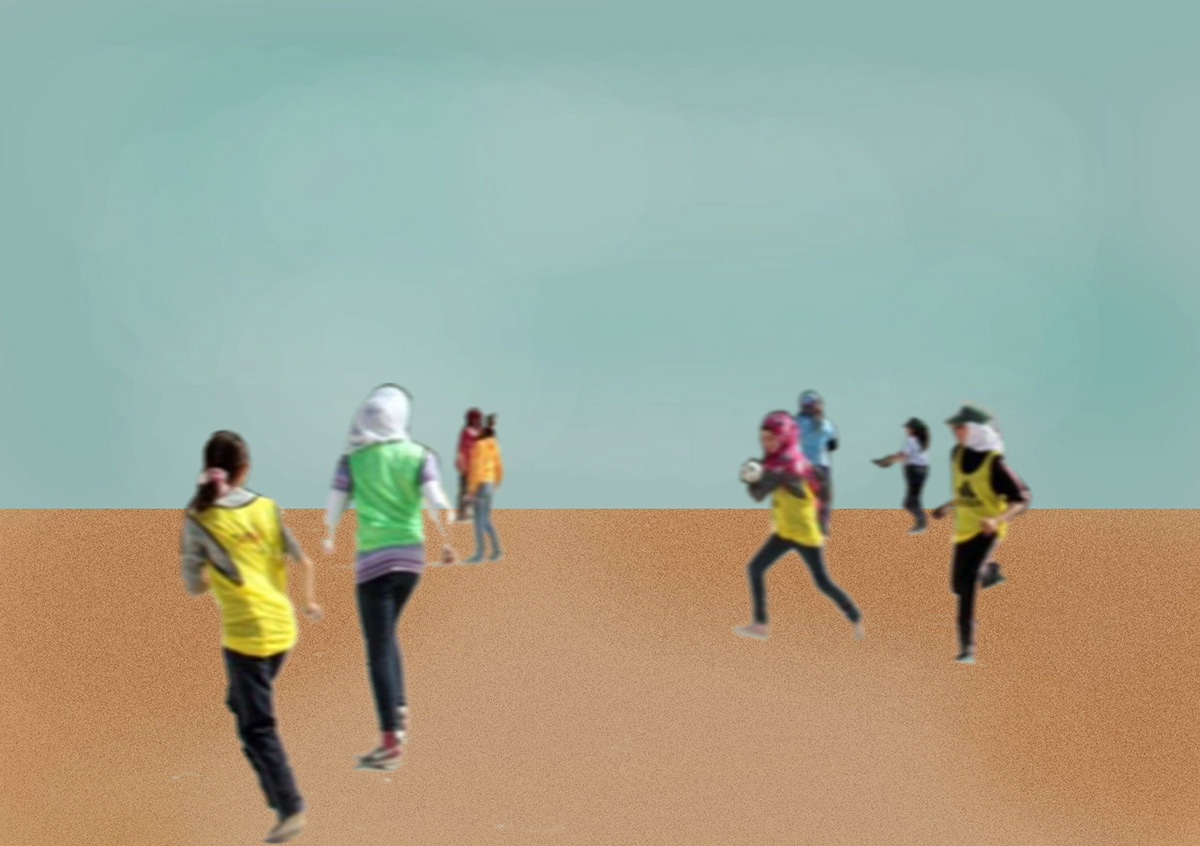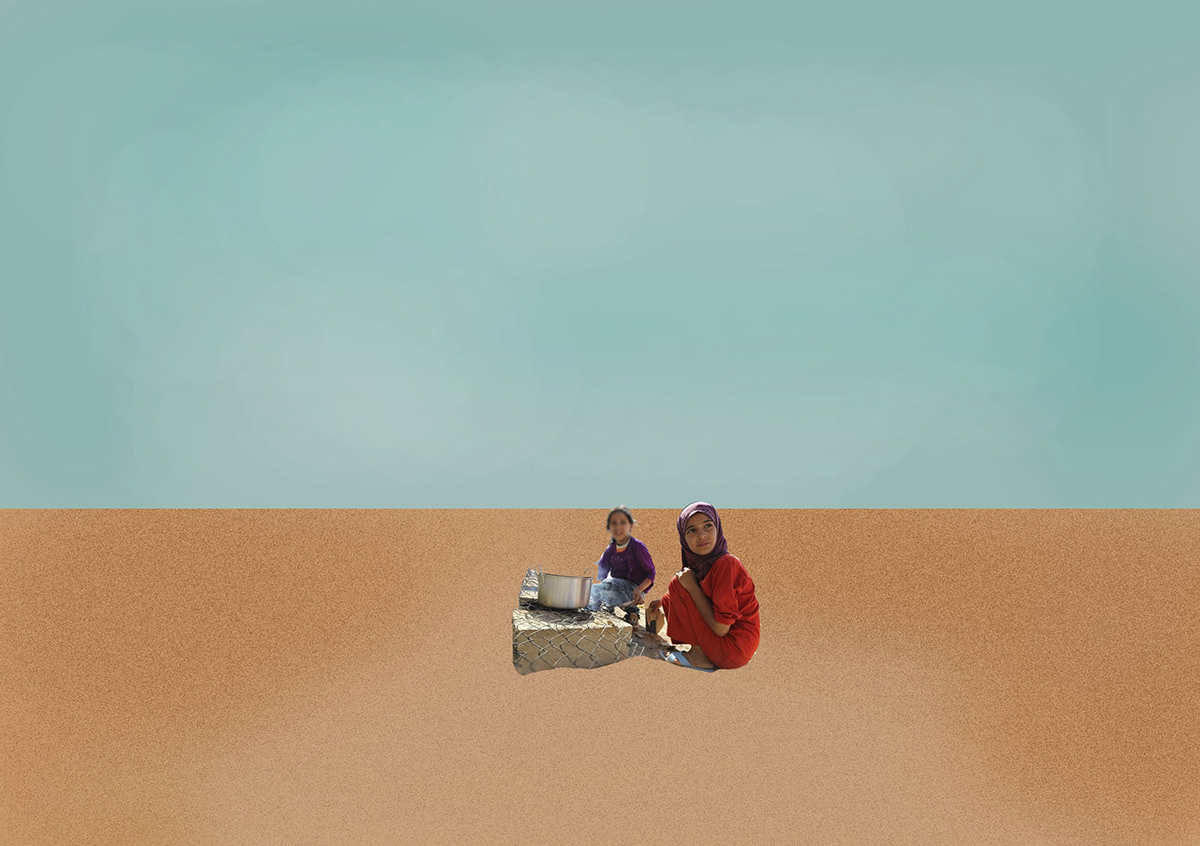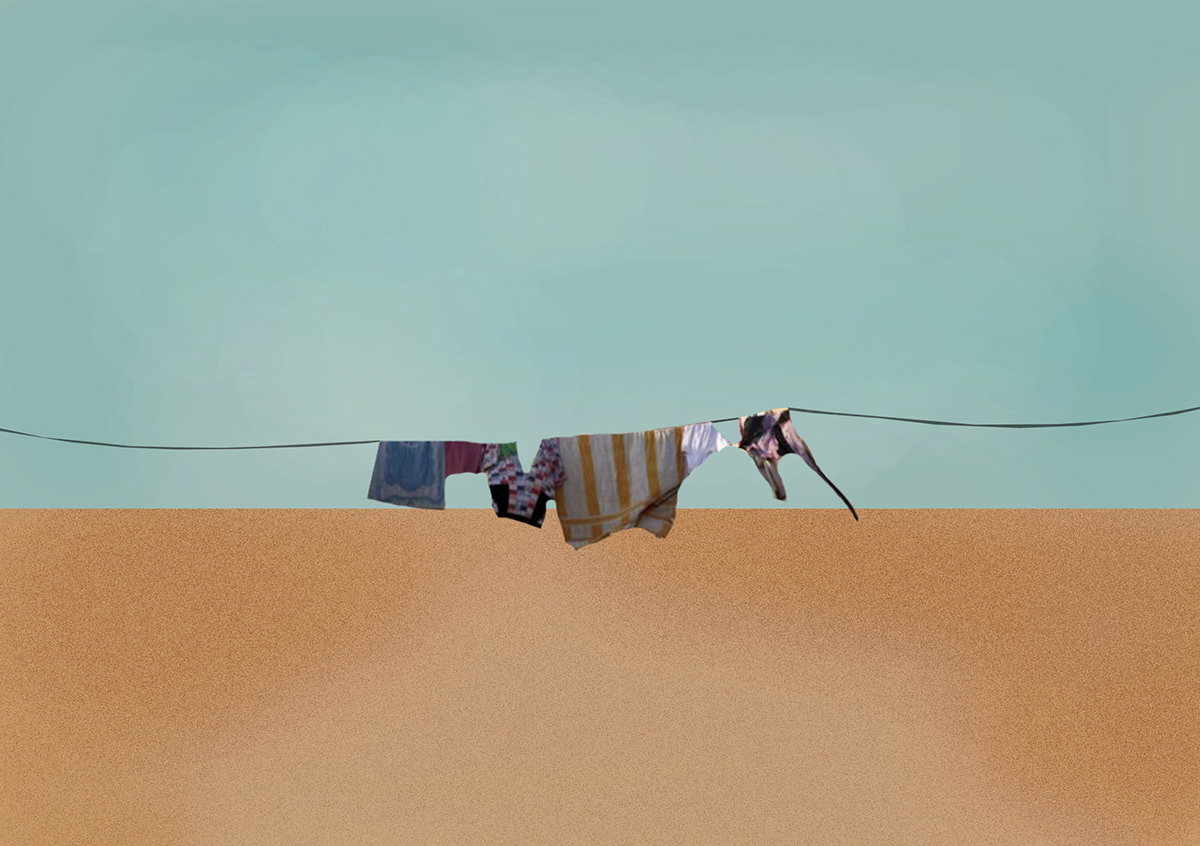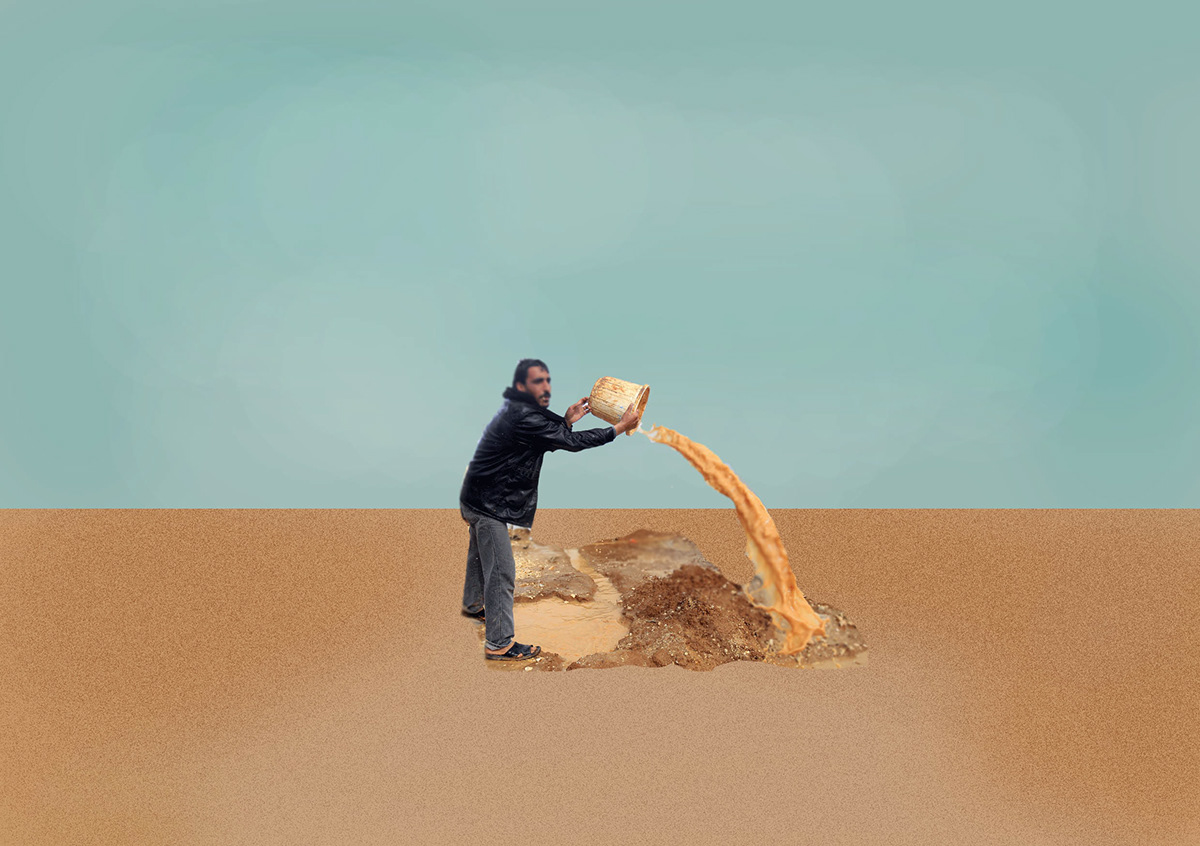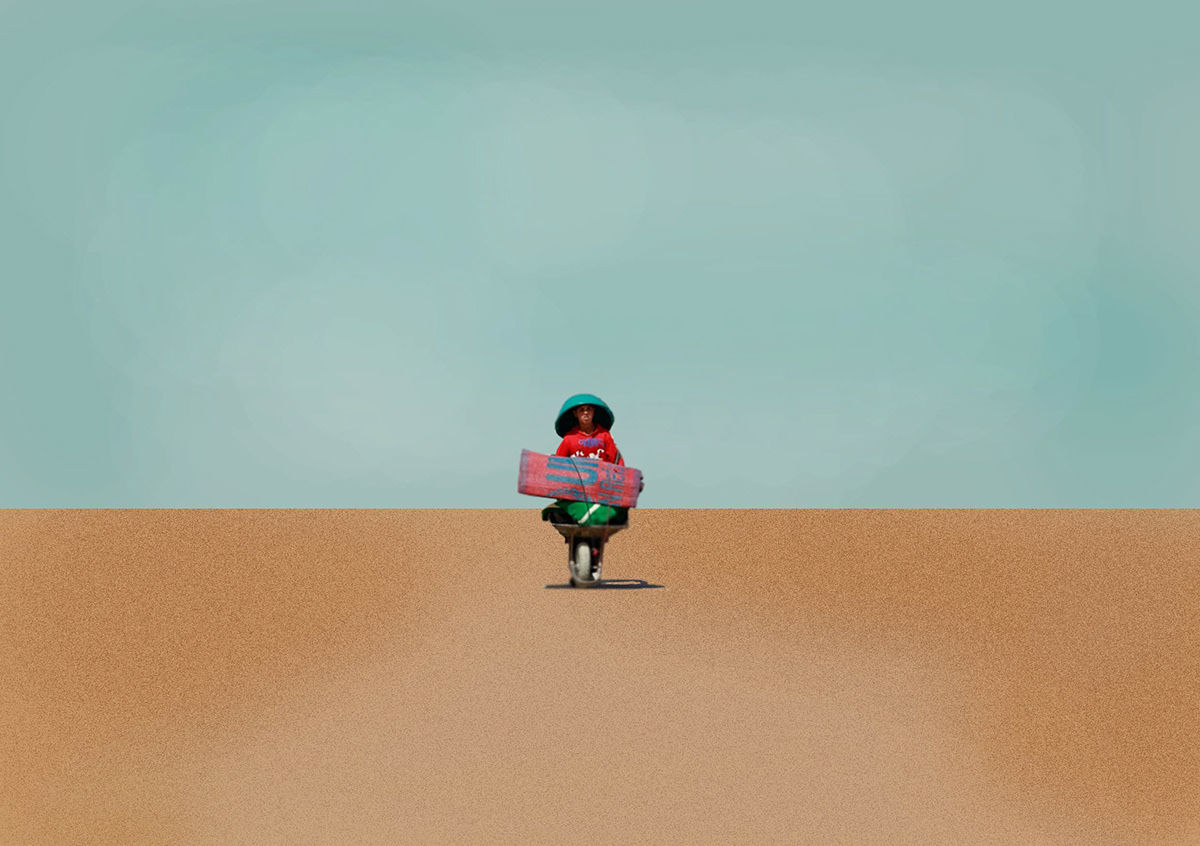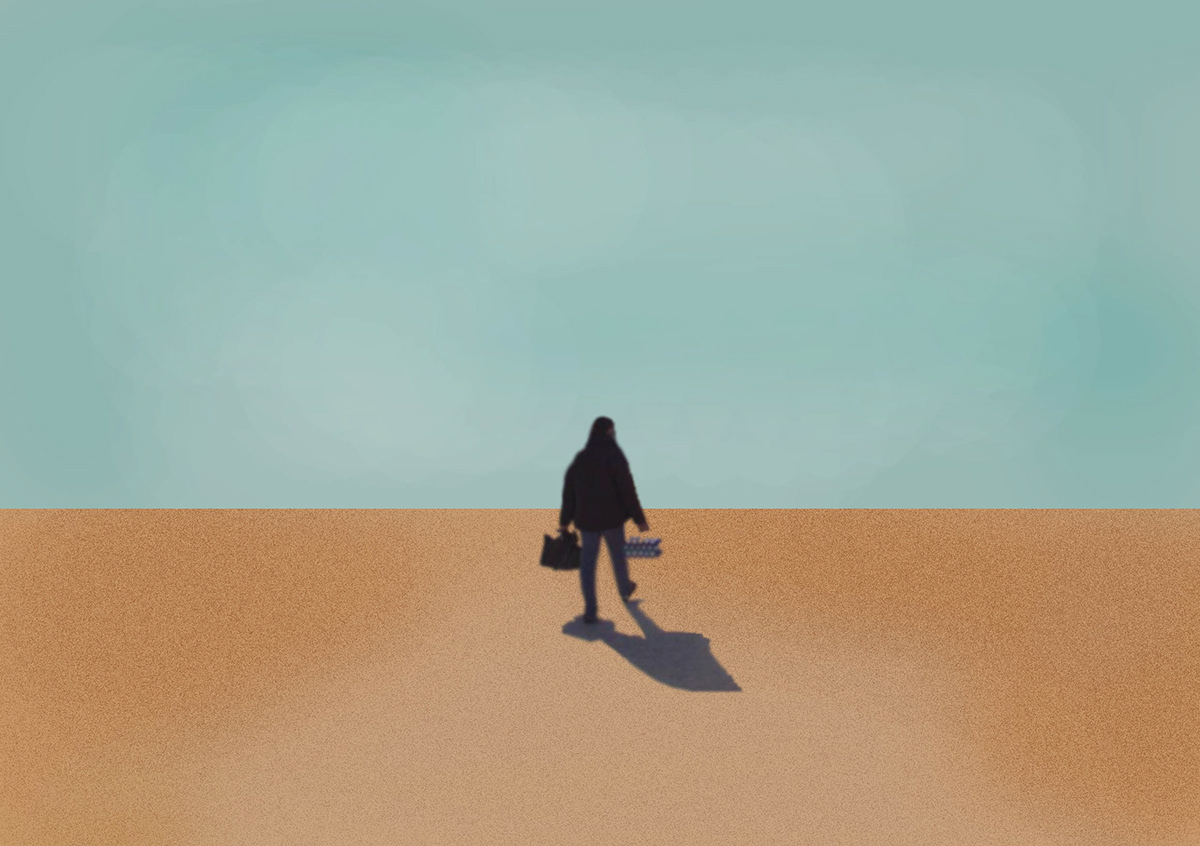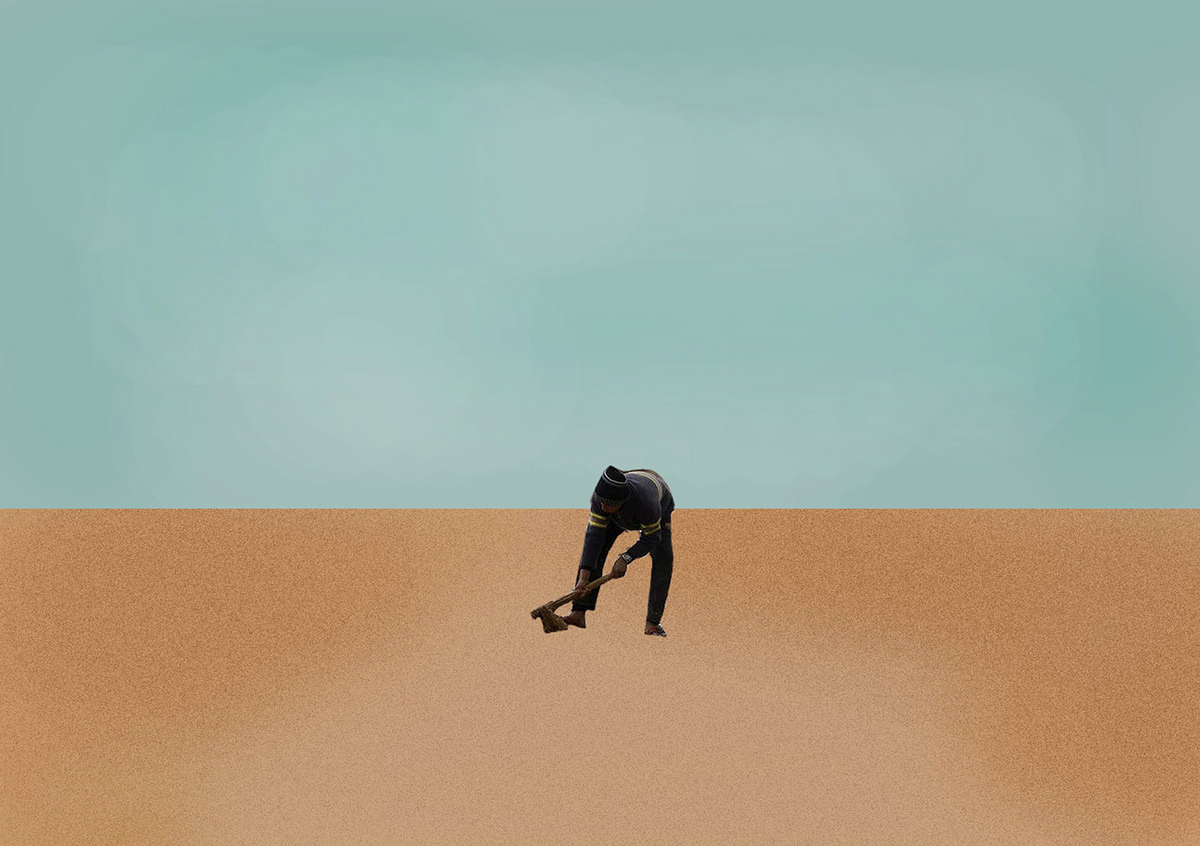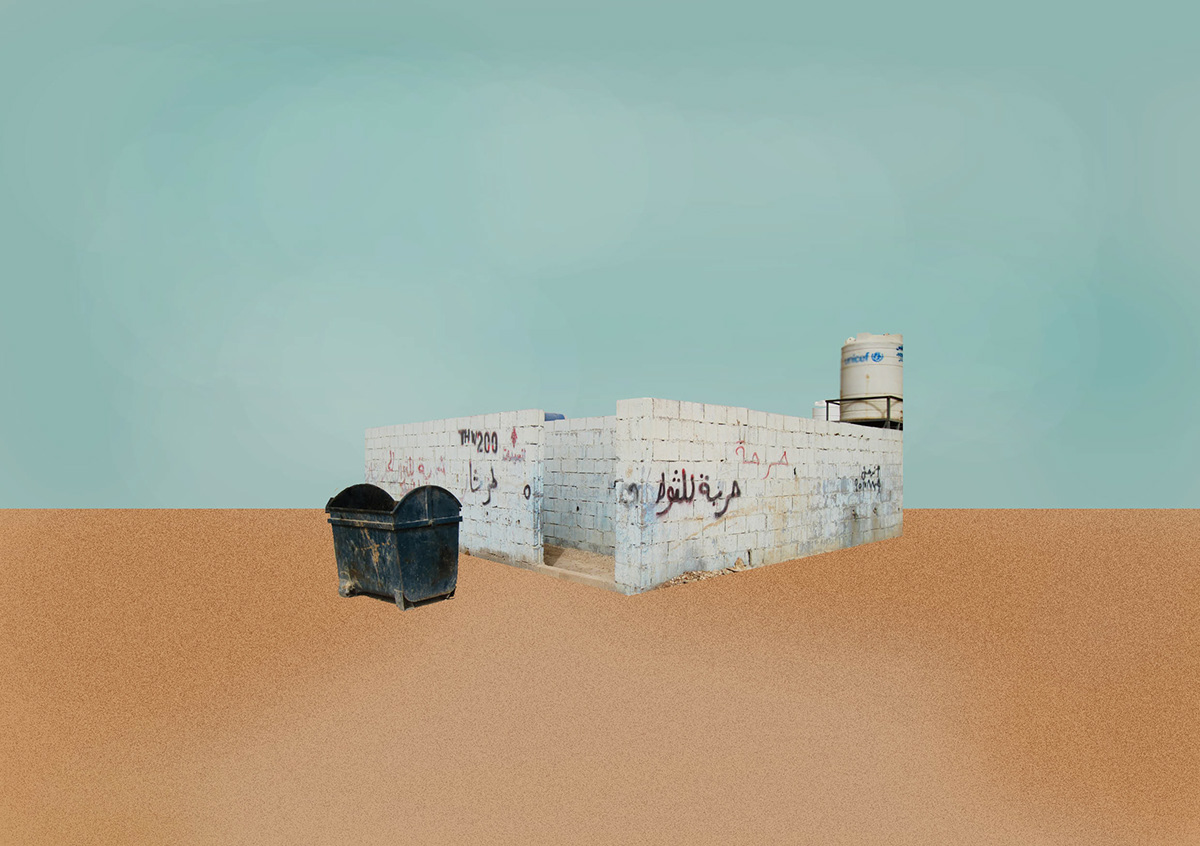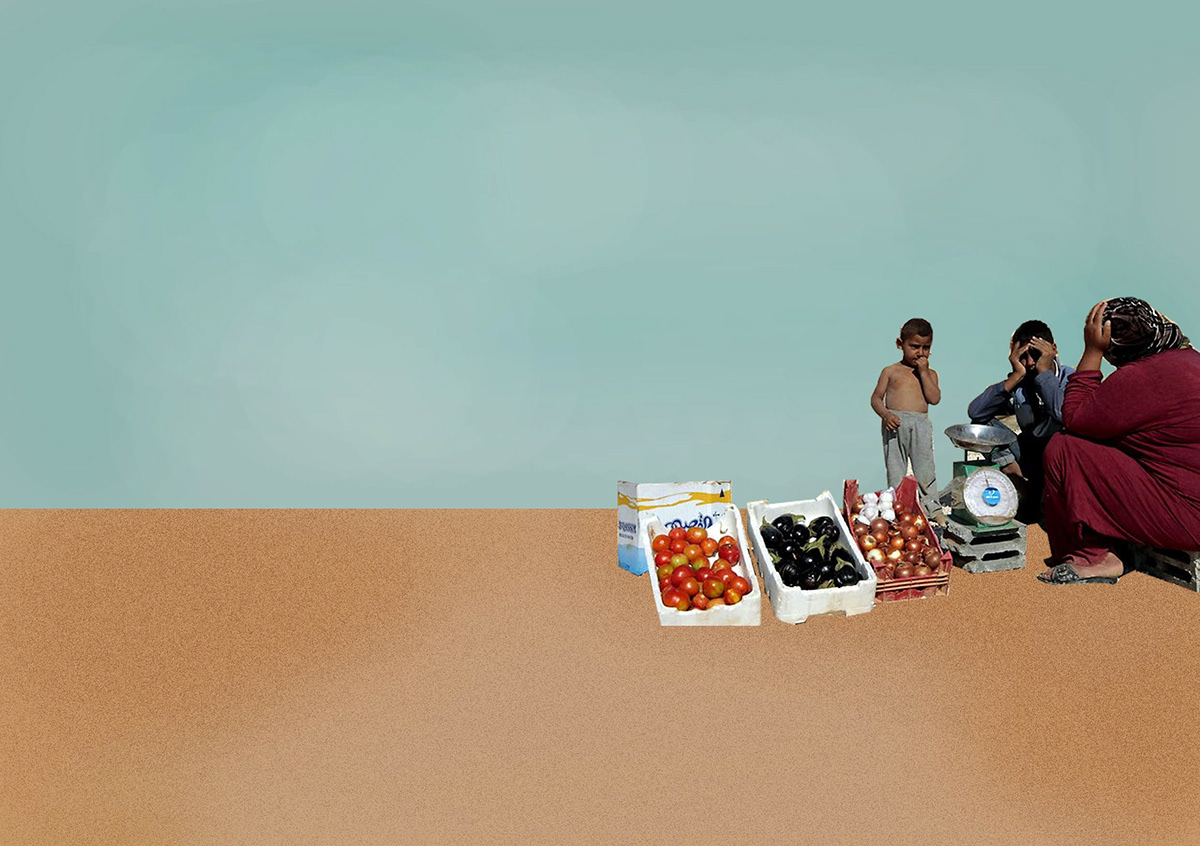Project: Fifth year architectural project under the topic of 'wicked problems'
Description: According to Horst Rittle, an early 20th century German design theorist, a "Wicked problem" is (one that is difficult or impossible to solve because of incomplete, contradictory, and changing requirements that are often difficult to recognize (Wikipedia). The term "wicked" is used to denote resistance to resolution, rather than evil. Moreover, because of complex interdependencies, the effort to solve one aspect of a wicked problem may reveal or create other problems)
As a subject of investigation under this idea of the wicked problem, I have examined Al Zaatari refugee camp in the North of Jordan from various different angles, the most significant of which is the relation between the flat and arid desert landscape and isolation. To the examiner from afar, the problem is easy to identify: it is a 3 km x 1.8 km piece of land that hosts currently over 149,000 people, around 540 hectares; within each hectare around 3000 people live. And so al Zaatari Camp, with its continuous growth for the third year in a row, becomes a 'wicked problem'- despite some efforts introduced to make the camp resemble a city, supermarkets, football centres and schools, such changes only land on the periphery of this problem.
I aim in this project to think beyond the beautified veneer of 'better' urban forms. The answer to the camp is not to simply beautify the harsh landscape or place roads and plant trees. The answer is not one, it is a kit of parts and each part or solution comes at different times and phases.
As a subject of investigation under this idea of the wicked problem, I have examined Al Zaatari refugee camp in the North of Jordan from various different angles, the most significant of which is the relation between the flat and arid desert landscape and isolation. To the examiner from afar, the problem is easy to identify: it is a 3 km x 1.8 km piece of land that hosts currently over 149,000 people, around 540 hectares; within each hectare around 3000 people live. And so al Zaatari Camp, with its continuous growth for the third year in a row, becomes a 'wicked problem'- despite some efforts introduced to make the camp resemble a city, supermarkets, football centres and schools, such changes only land on the periphery of this problem.
I aim in this project to think beyond the beautified veneer of 'better' urban forms. The answer to the camp is not to simply beautify the harsh landscape or place roads and plant trees. The answer is not one, it is a kit of parts and each part or solution comes at different times and phases.

The land is flat, but let's imagine it isn't. Following the existing contour lines within the land onto which the camp exists, I have began to study them as potential contours for an undulated landscape.
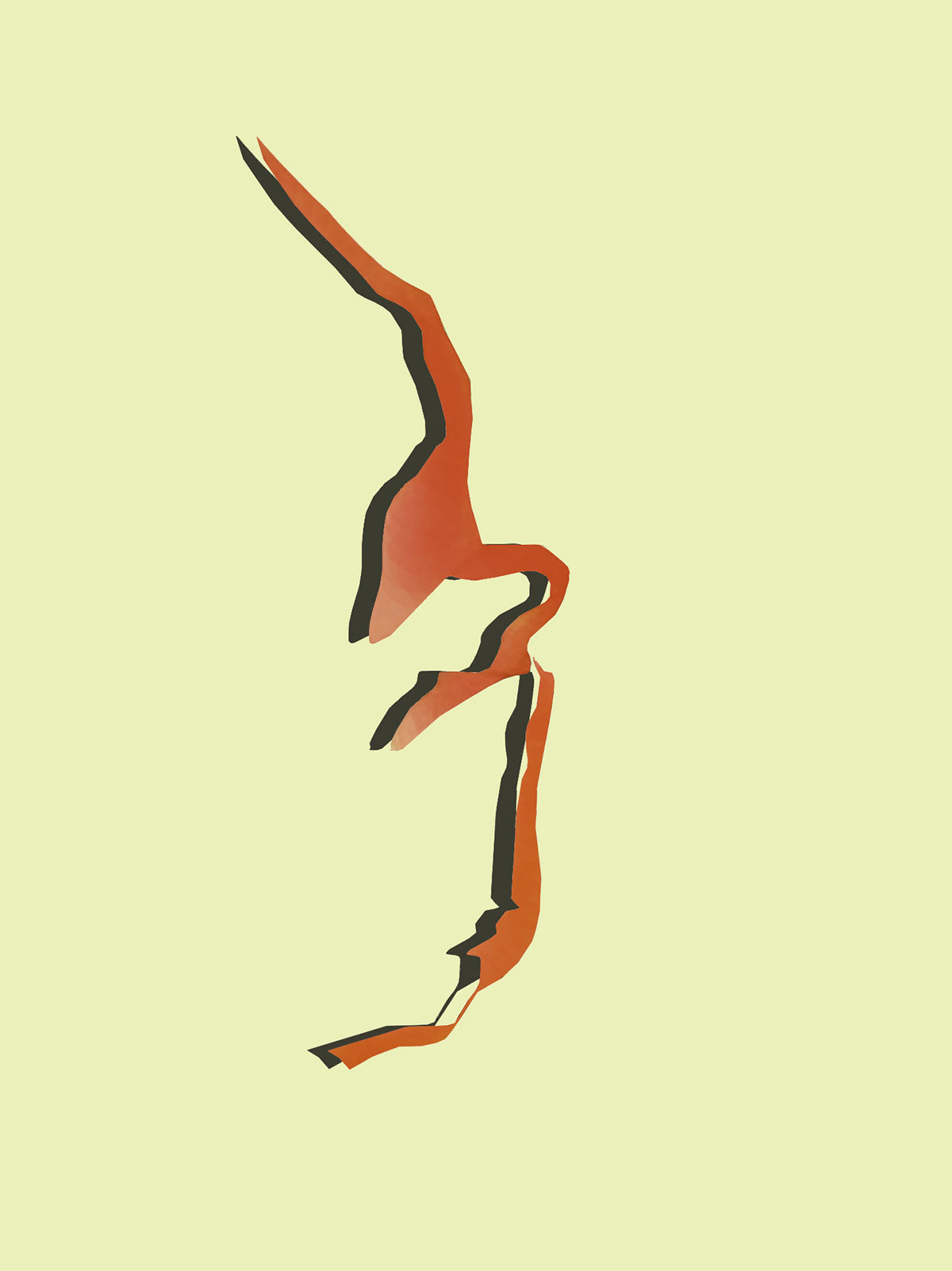

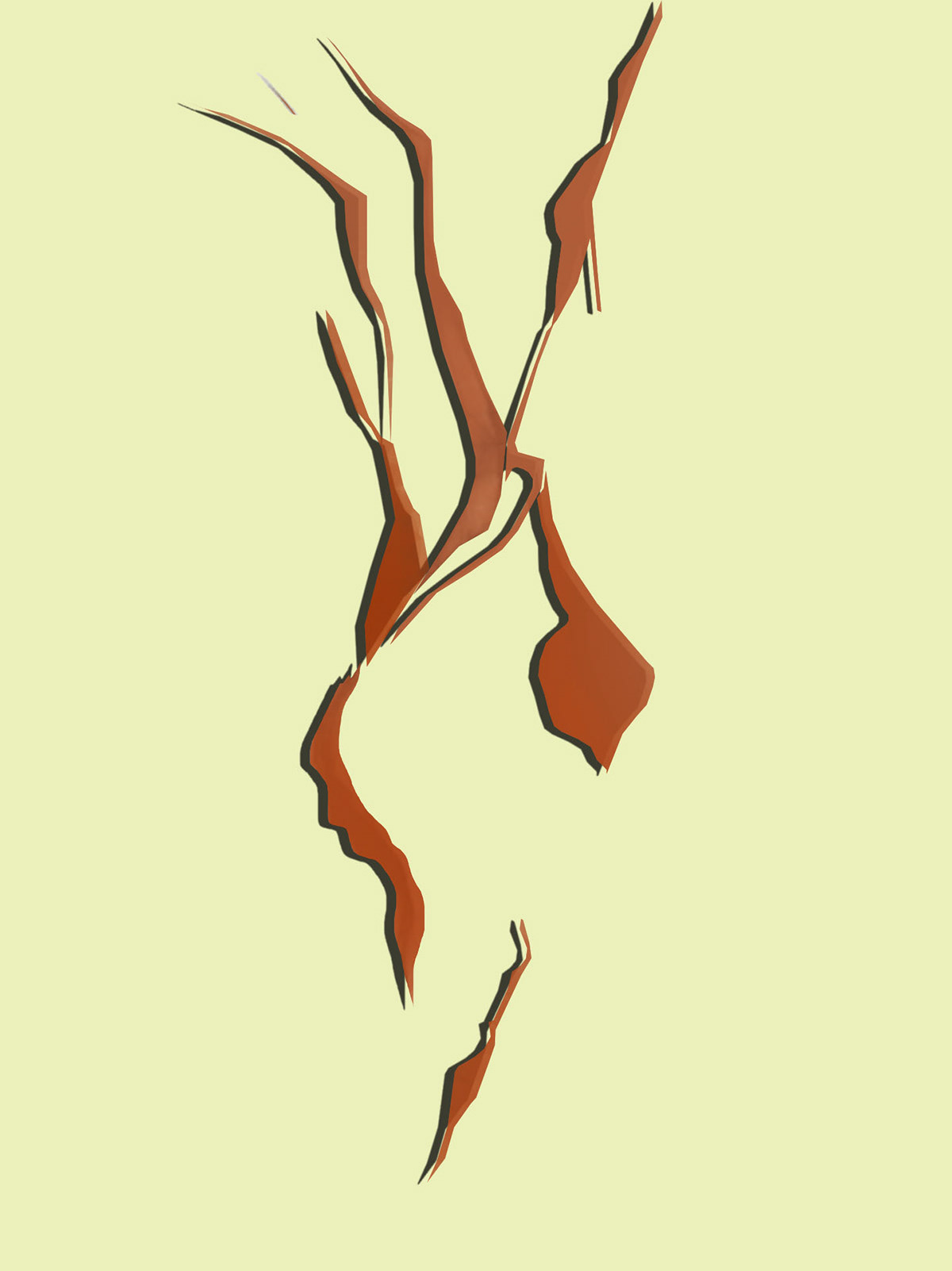
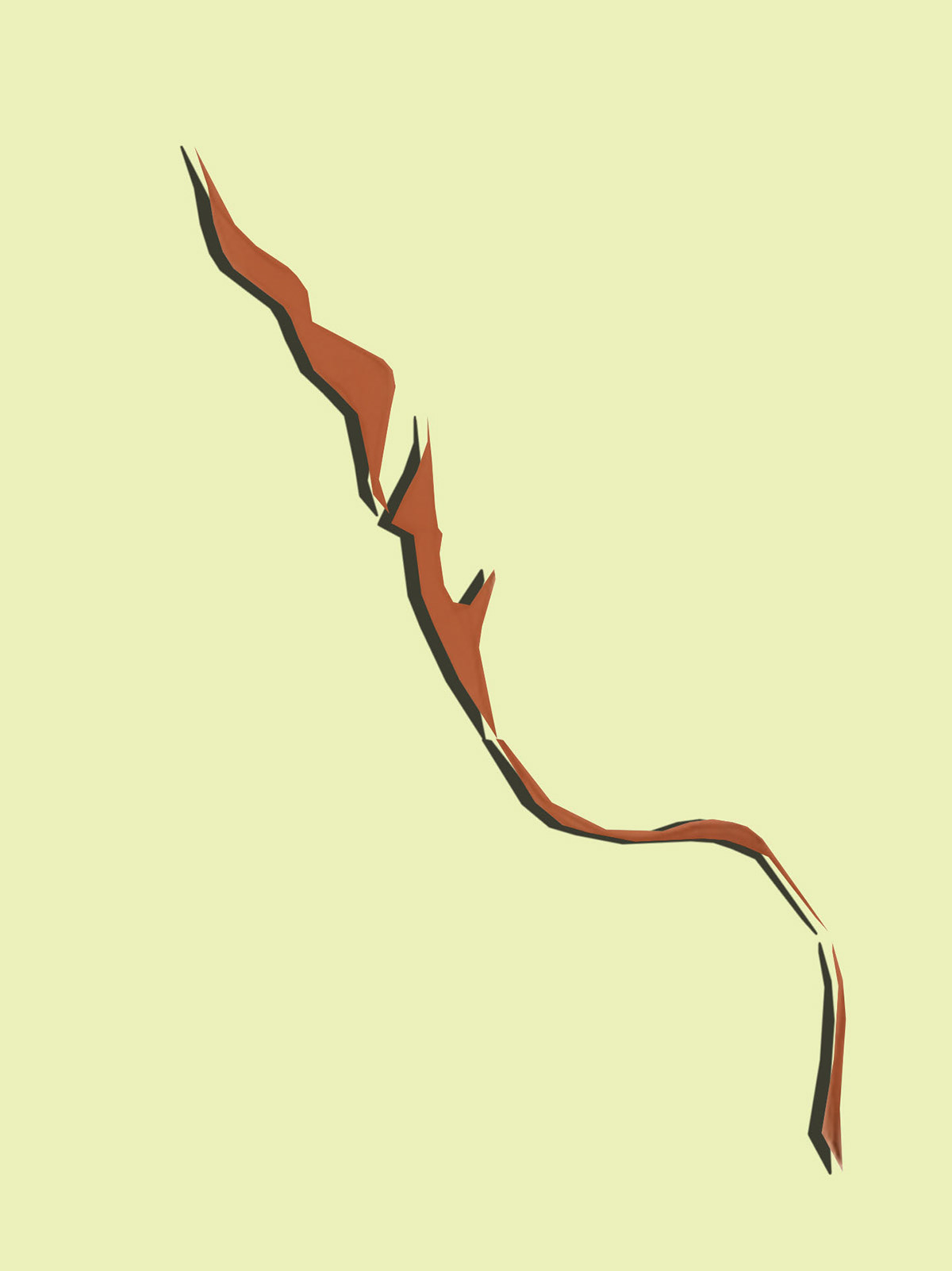
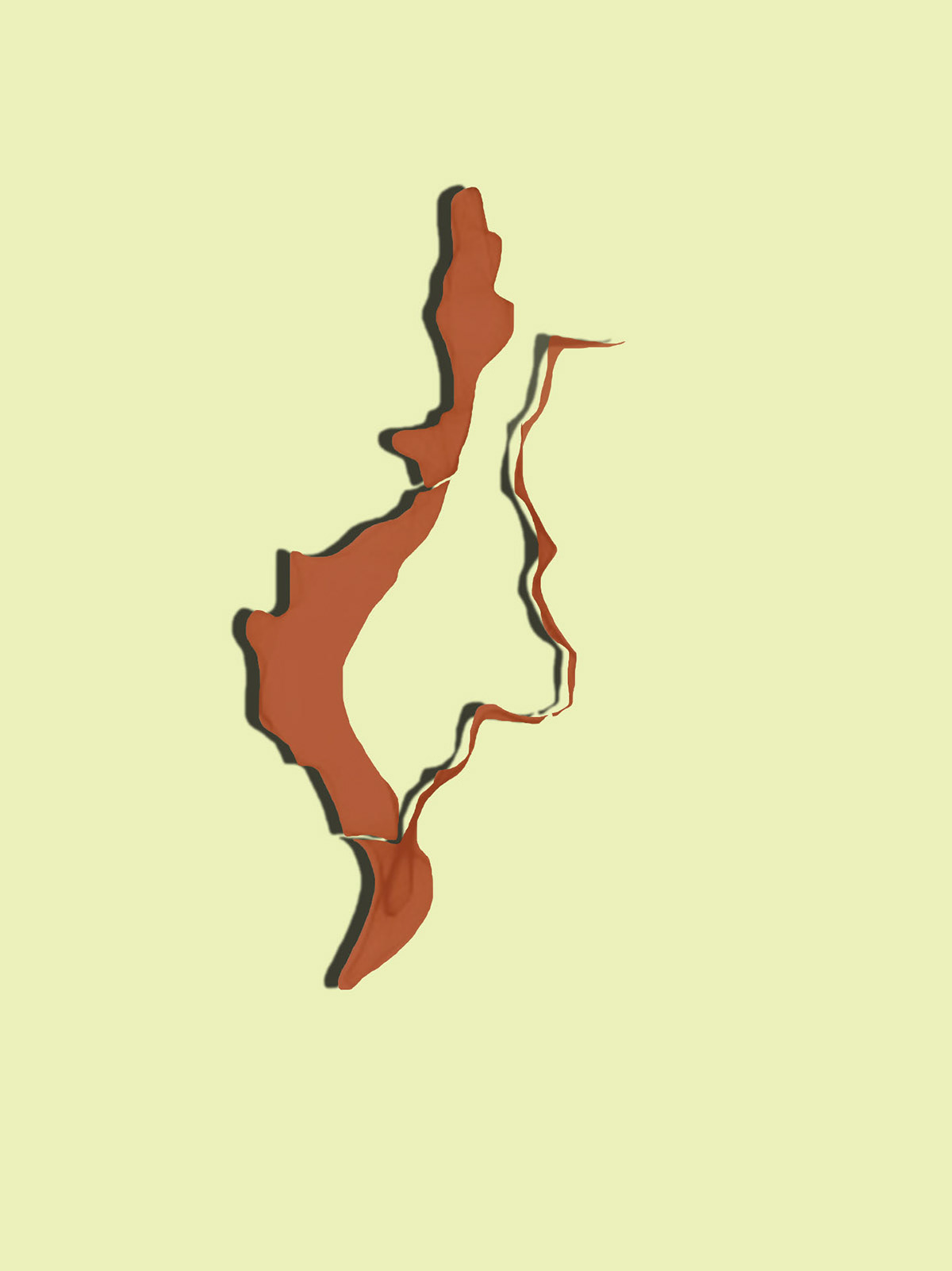
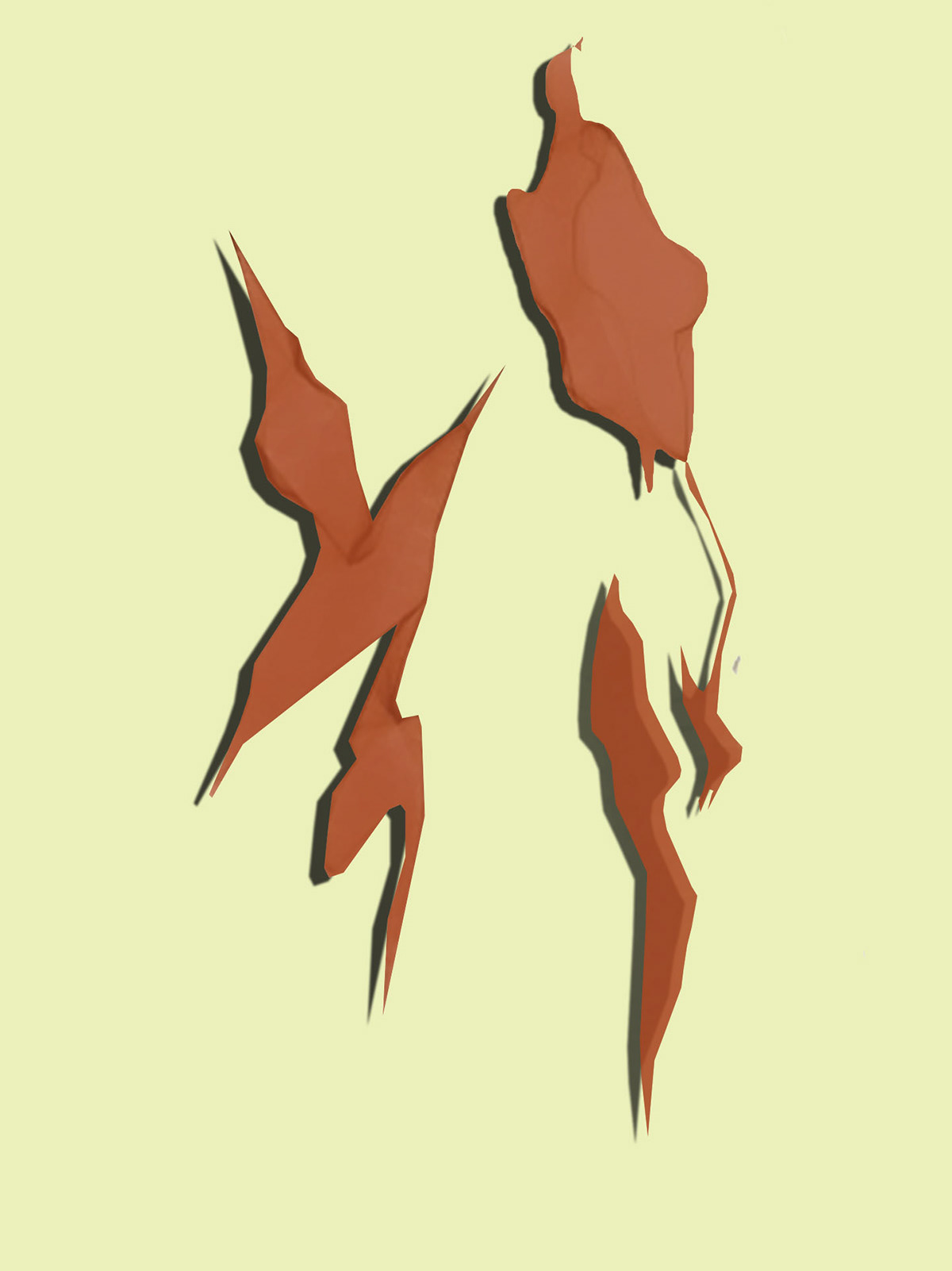
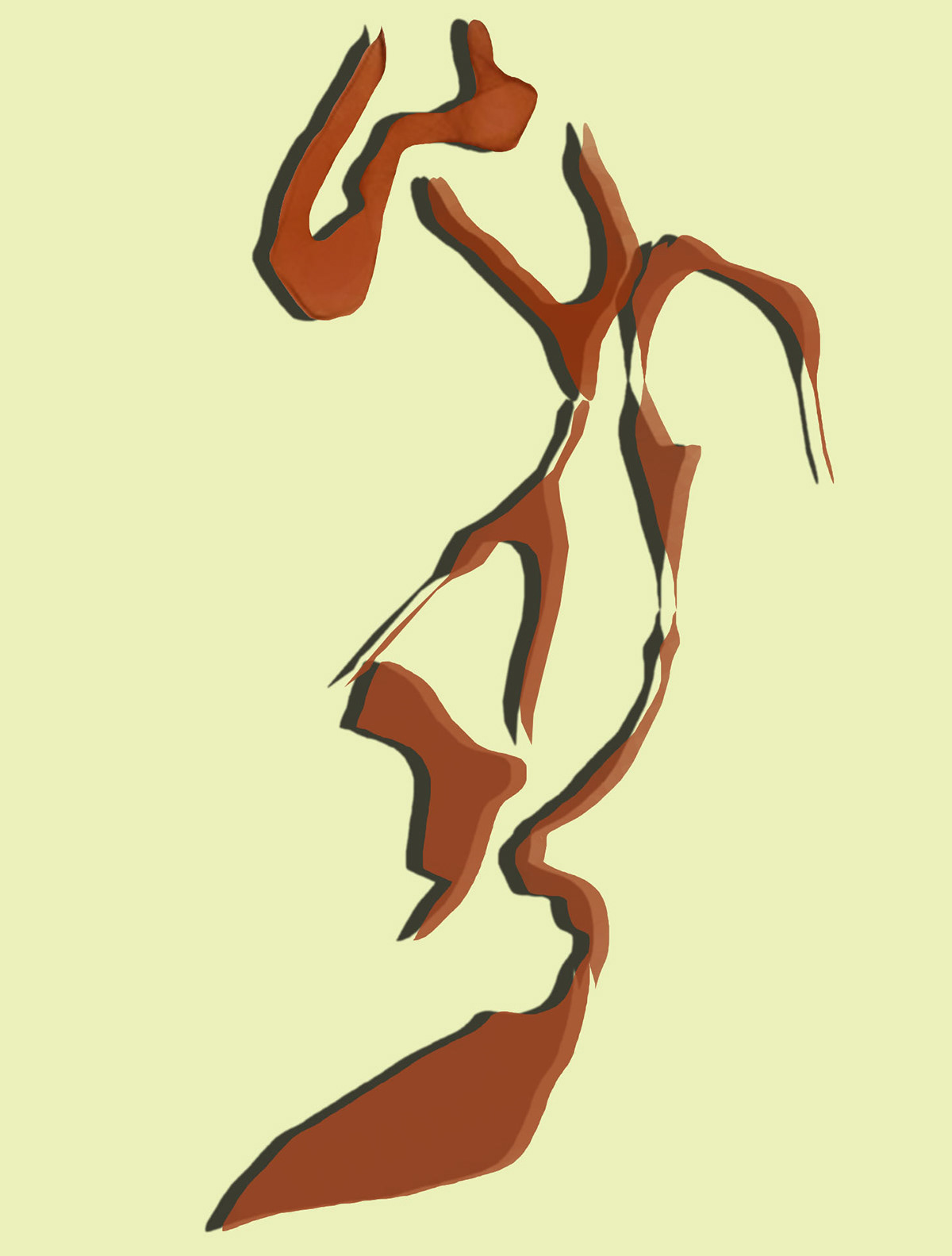

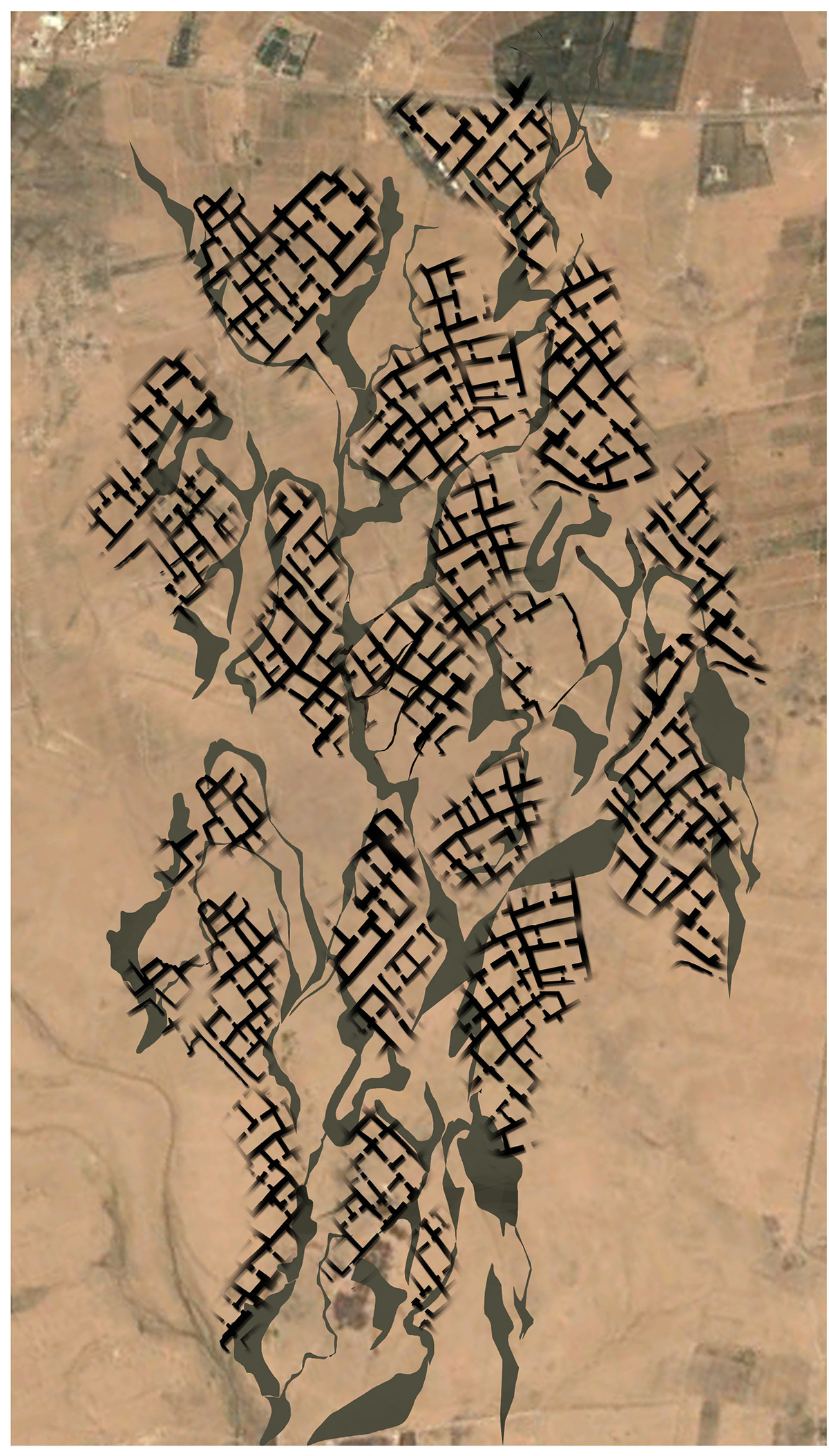
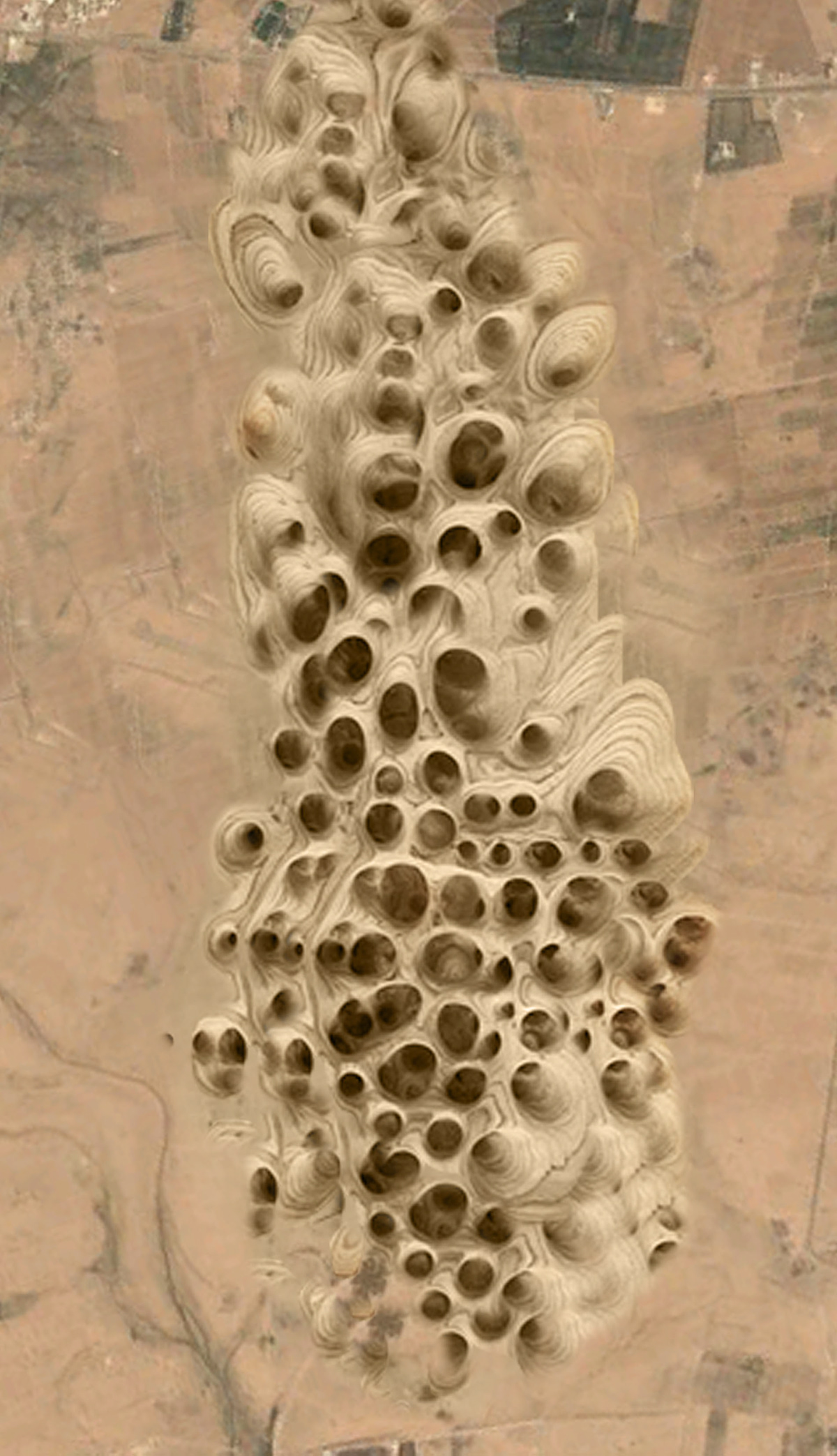
Investigating how an organic structure could possibly grow from within the landscape itself and produce habitable spaces for refuge instead of the small tents- (digital collage)
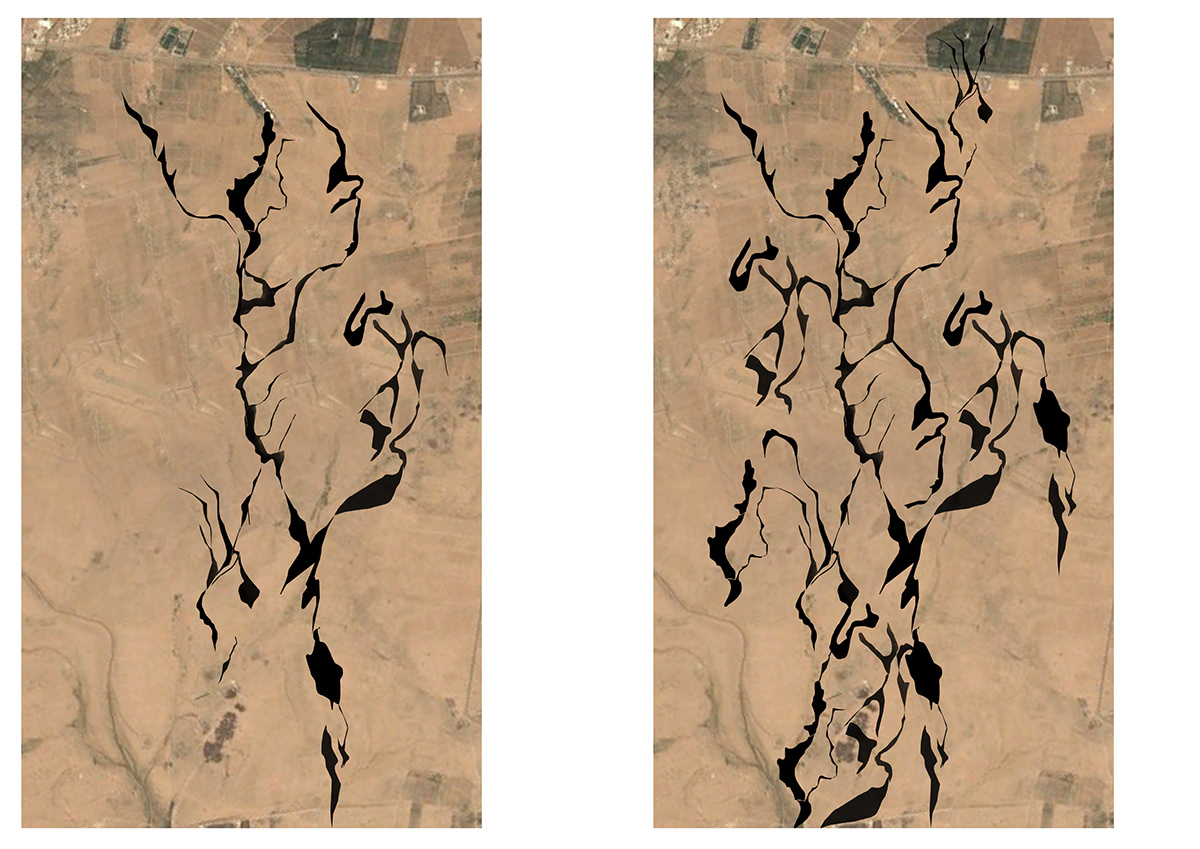
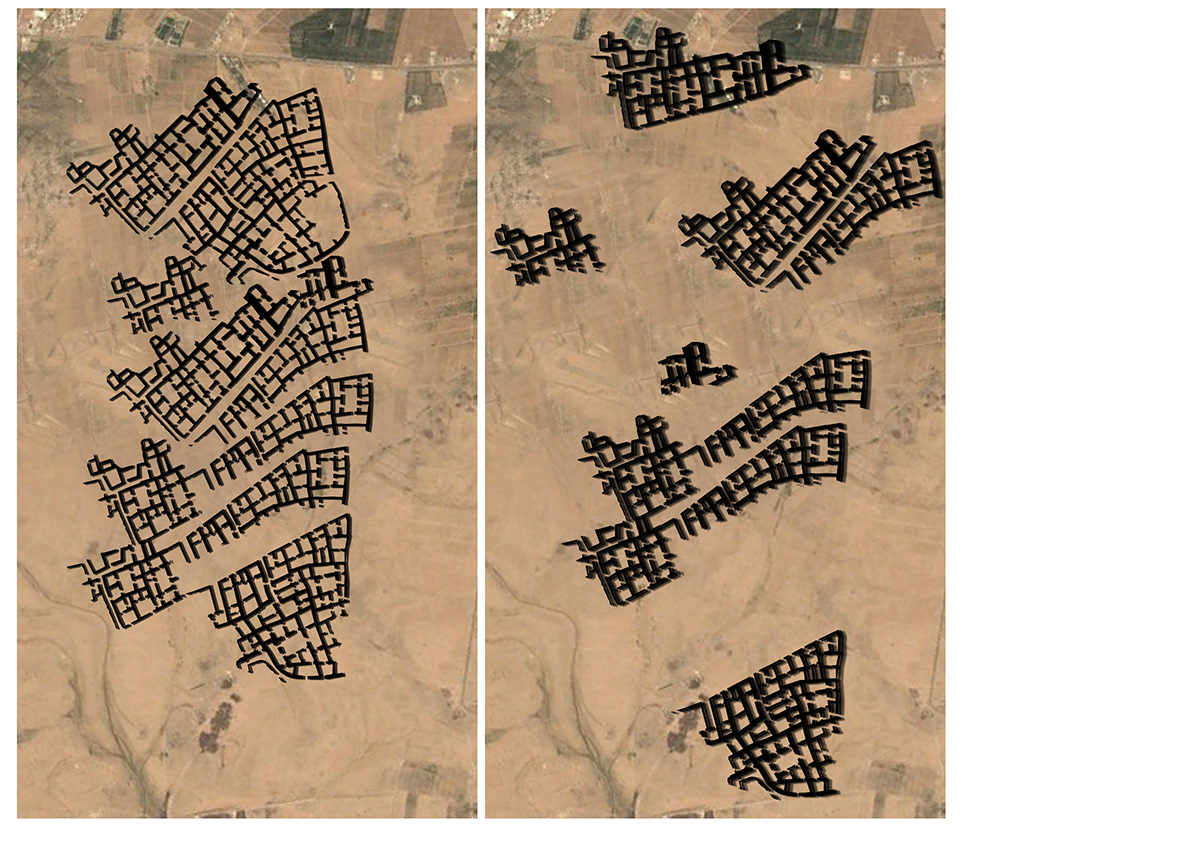
Could the ancient Mesopotamian cities (like Ur for instance) be a good example for permanent housing within the Zaatari landscape?
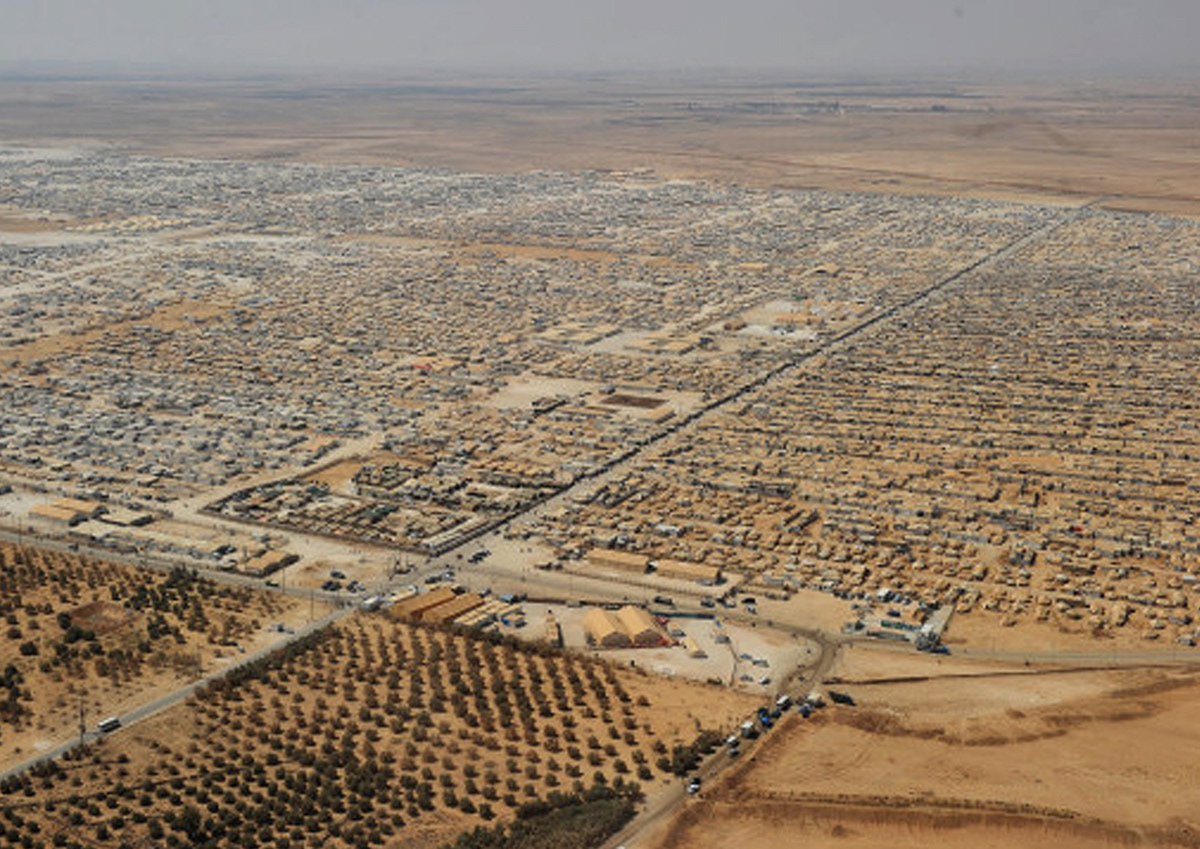
An Arial view of part of the Zaatari Camp- (source: Google Images)
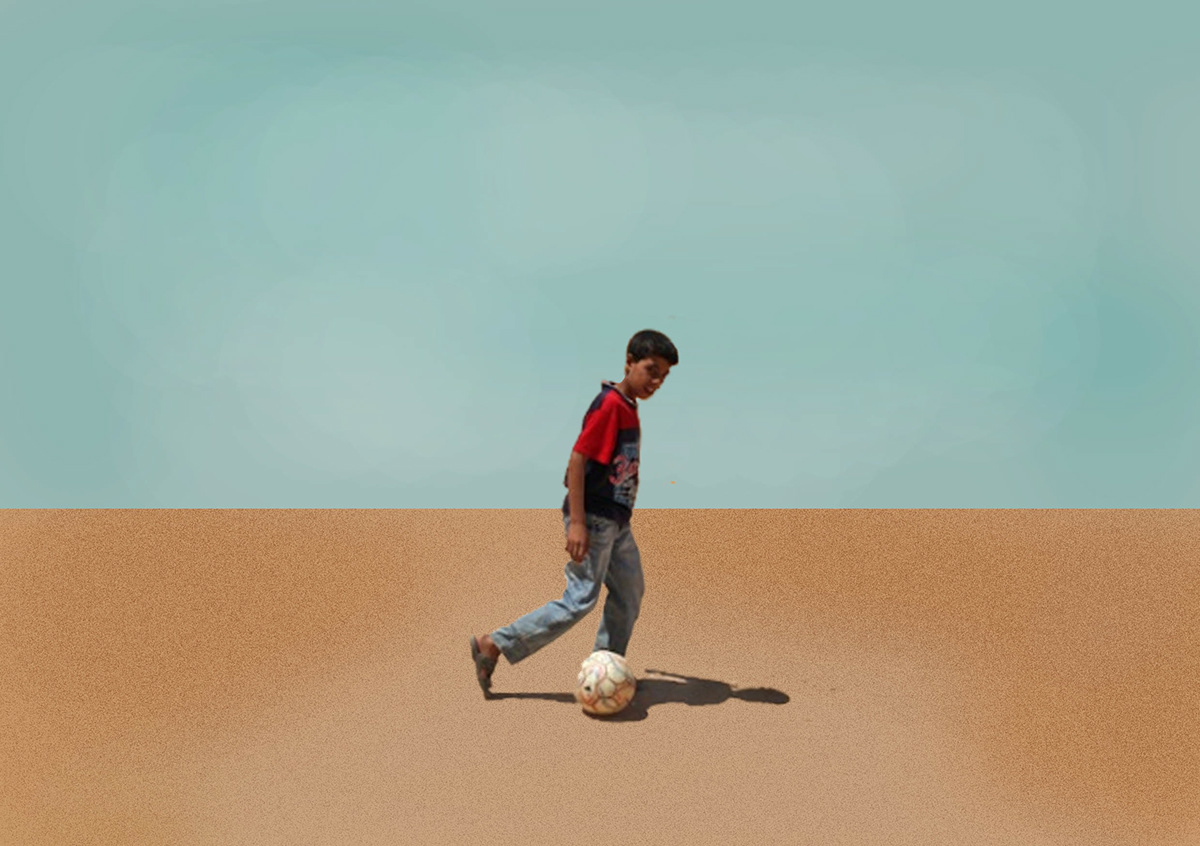
What makes the camp resemble a growing city? These collages place the living elements within the camp onto how I imagine the area to be (isolated, arid, dusty, muddy, dry etc) and investigate how such elements give life to that inhabitable environment
